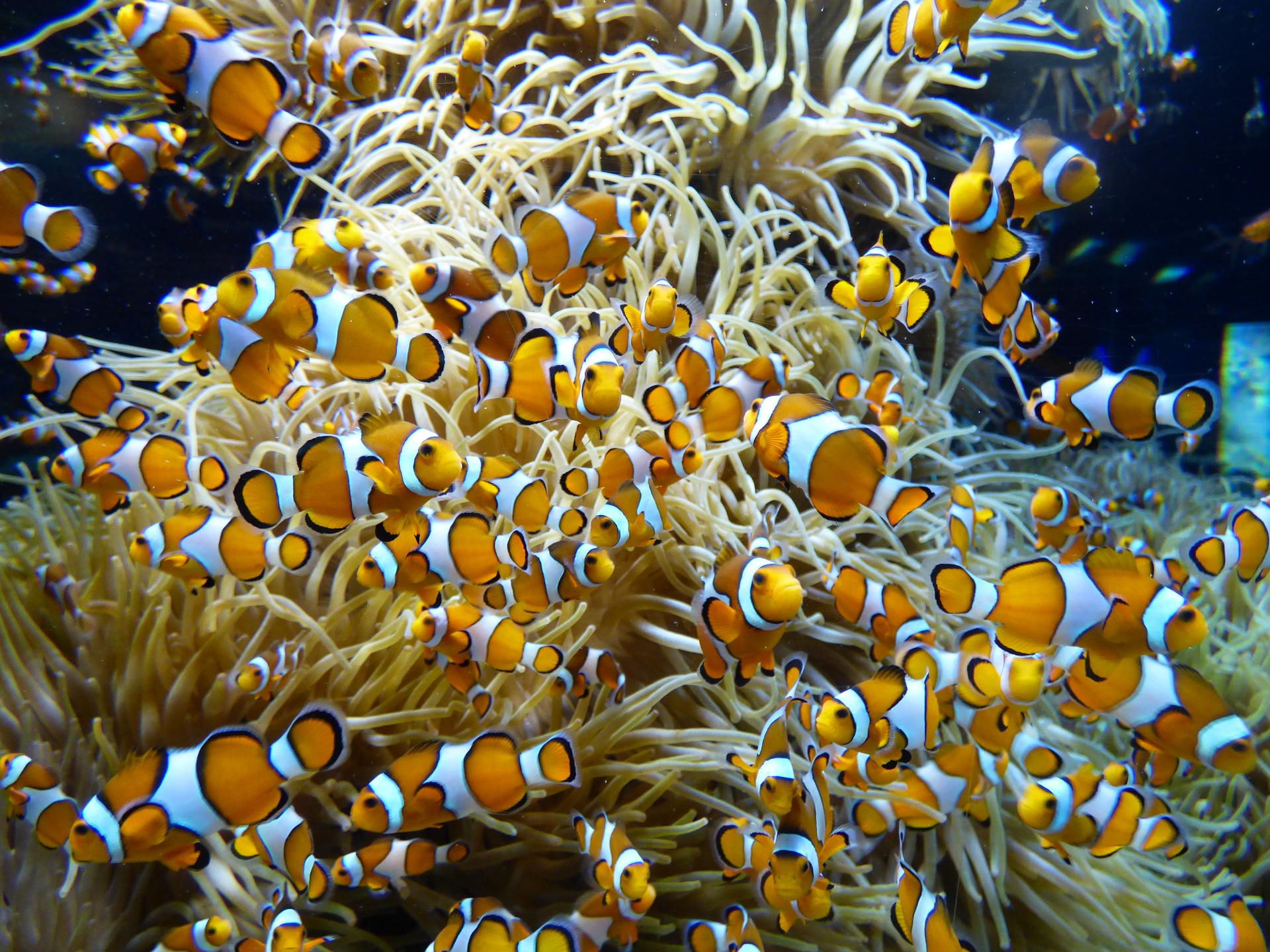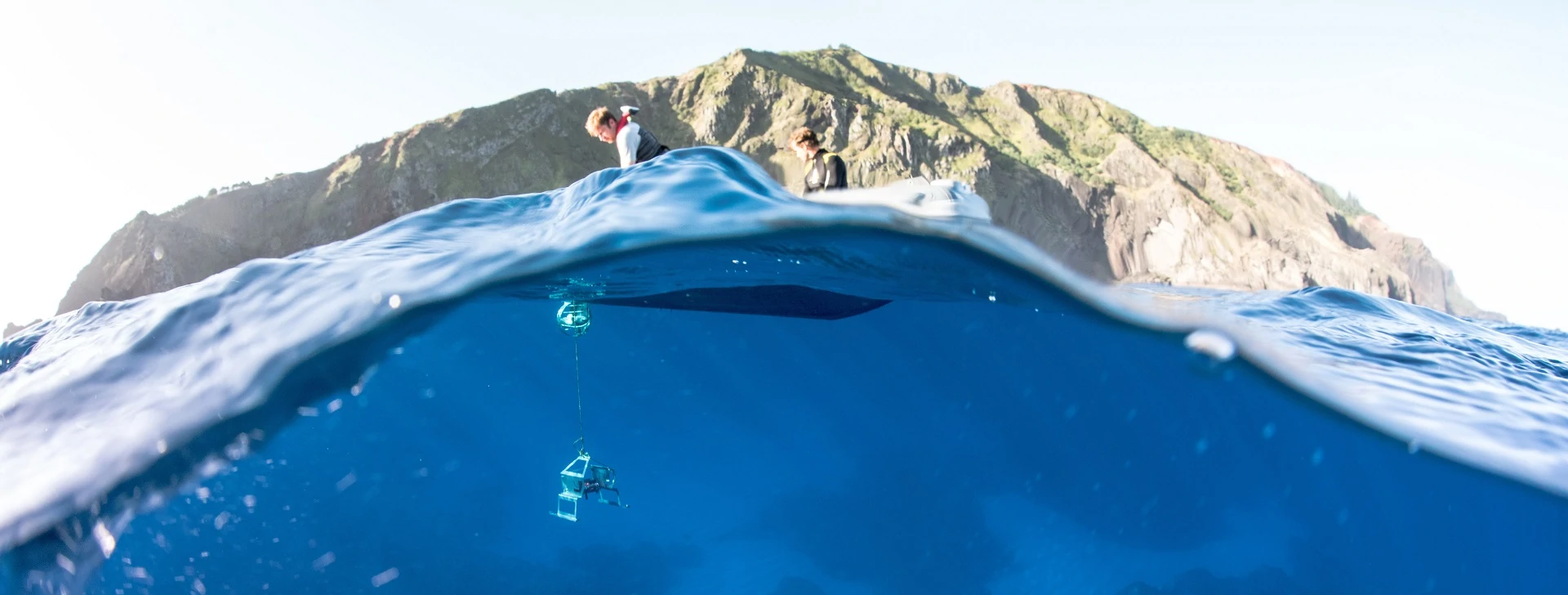Publication Abstract
- Title
-
Structural and temporal emission patterns of pulsed calls in free-ranging killer whales (Orcinus orca)
- Publication Abstract
-
Structural and temporal emission patterns of pulsed calls in free-ranging killer whales (Orcinus orca)
N. Rehn, S. Teichert and F. Thomsen
Resident killer whales off Vancouver Island, British Columbia, produce variable burst pulsed calls most commonly during close-range interactions such as socialising or social-travelling. Earlier studies indicated that variable calls are graded and can be arranged into a scale from low-frequency calls to high-frequency ones. These graded calls are often emitted in sequences, were call classes of similar frequency follow one another more often than different classes. However, a detailed analysis of sequences was lacking to date. Therefore, our understanding of the function of variable calls during interactions among killer whales is rather limited. Simultaneous recordings of underwater vocalizations and behavioural observations from resident killer whales were collected off Vancouver Island, British Columbia during 1996-2001. Socialising activities were divided into four categories: male-female, male-male, female-juvenile and juvenile-juvenile. Variable call sequences were analyzed with RTS and SIGNAL acoustic-software. We found no positive correlation between group-size and number of used calls or the duration of sequences, indicating that only one or a few animals were involved in the production of each sequence. Furthermore, sequences were present in all four behaviour categories and the composition of the group had no influence on the duration of calls and used call classes. One particular call type (V4) could be further separated into structurally distinct sub-classes. These sub-classes often formed rather stereotyped sequences. The results of our study indicate that sequences of variable calls emit broad motivational information that is not age or sex-related. Sequences of distinct sub-classes might encode more subtle information on emotional states during socialising. Therefore, variable calls might posses different functions, depending on the nature of the interaction. Thus, variable calls might be of great importance for close-range communication in free-ranging killer whales.
Reference
N. Rehn, S. Teichert and F. Thomsen (2007) Structural and temporal emission patterns of pulsed calls in free-ranging killer whales (Orcinus orca). Behaviour, 144: 307-329
- Publication Internet Address of the Data
- Publication Authors
-
N. Rehn, S. Teichert and F. Thomsen*
- Publication Date
- May 2007
- Publication Reference
-
Behaviour, 144: 307-329
- Publication DOI: https://doi.org/


